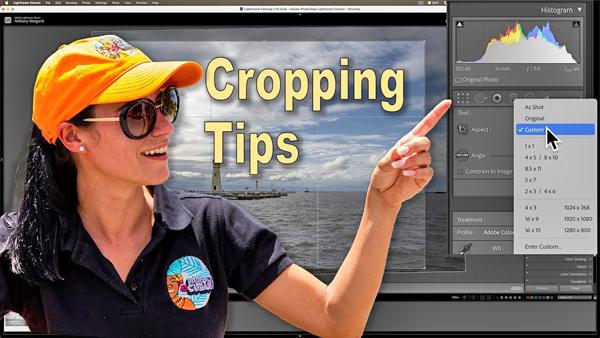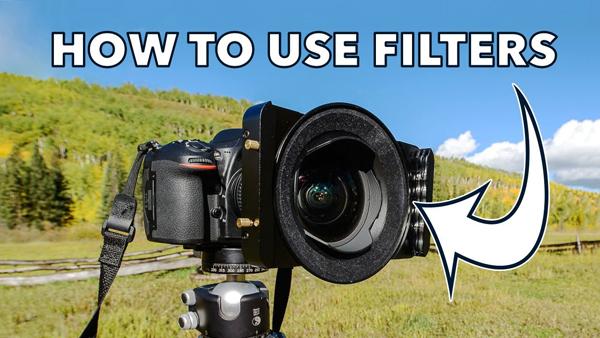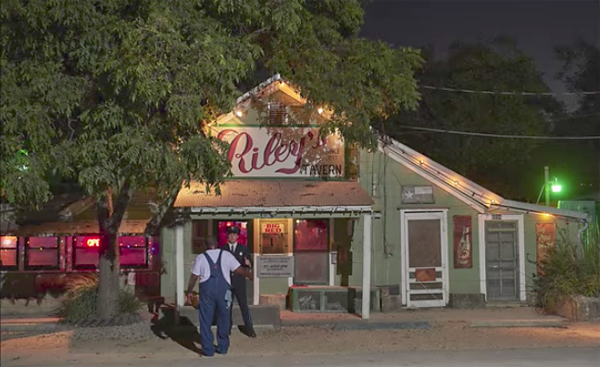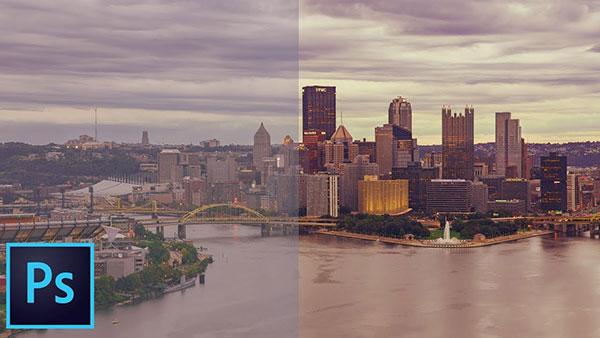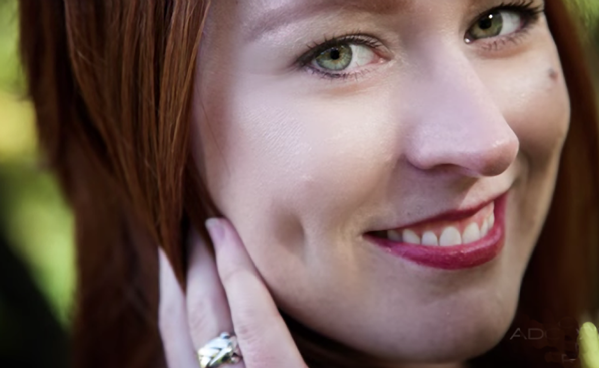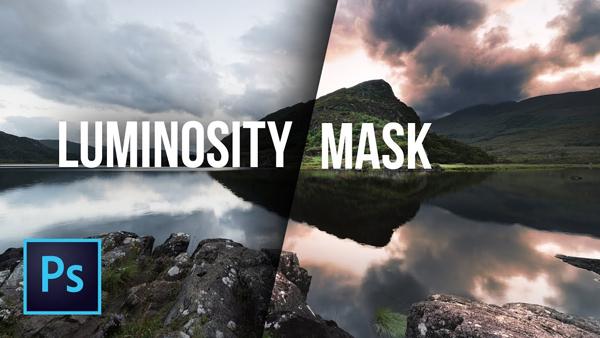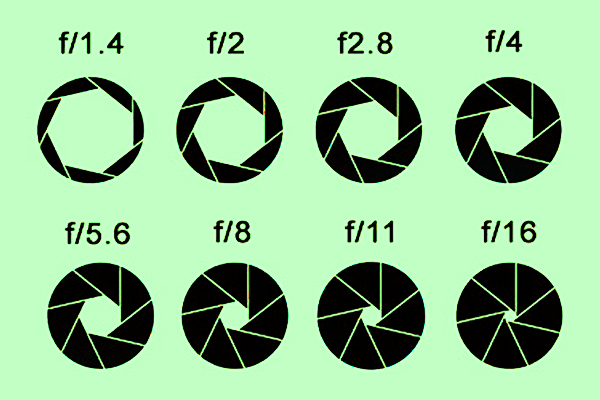Videos
Sort By: Post DateTitle Publish Date
|
May 01, 2019
|
May 26, 2020
|
Mar 04, 2021
|
Jan 26, 2017
|
Jul 07, 2020
|
Jun 22, 2018
|
Nov 17, 2016
|
May 16, 2017
|
Jun 01, 2017
|
Apr 20, 2018
|
Jan 17, 2018
|
Oct 27, 2017
|
Nov 21, 2016


